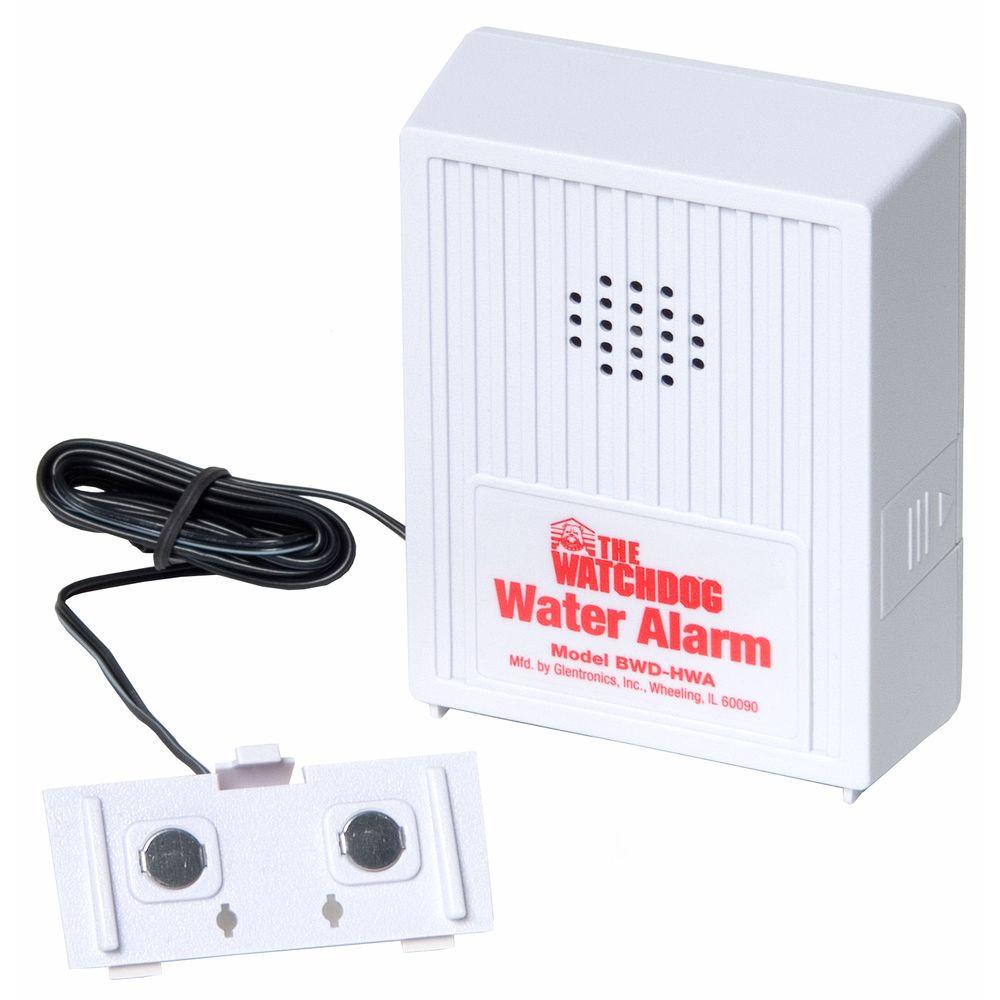Here’s a list of everything we absolutely know about sump pumps;
- No pump lasts forever.
That’s it.
We can probably guess that when (not if) a sump pump fails, there will be no warning. In other words, you could have several inches of water in your basement before you realize that the pump is not doing it’s job.
No good.
But for a couple hundred bucks and an hour or so, you could go back to being blissfully unaware of how hard your house works to keep you safe and comfortable.
Where backup pumps are concerned, there are a few choices. Most folks opt for a second electric pump with a battery backup. Make sure that the pump is DC powered, meaning that it’s not designed to get plugged into a wall plug. The plug on the wall has AC power. (I know you know that.)
I’ve heard some folks recommend a small generator in the event of an extended power outage. If your area has extended power outages often, it might be worth the cost and hassle. A quick web search shows small ones for around $100. Worth considering.
If you have municipal water, There’s a pretty attractive option; water powered. These pumps use water pressure to pull water from the bottom of the basket up and outside. There’s no wiring, no electricity. 
Installation is pretty straightforward; Family Handyman.com has an installation video, but of course, hiring a plumber is always a good option. To watch the video, click: Here.
There are a few companies that make water powered sump pumps. I’ve heard good things about Liberty Pumps. Apparently, they only use one gallon of water for every 2 gallons that they draw out of the sump pump basket. You can learn more by clicking: Here.
Anything else?
There is something else to consider. Since you’ll be working there anyway, why not spend a couple more minutes and install an alarm? Installation is super easy, and the cost of a new alarm runs from $11 to $285. The latter one actually sends you a text. Is this a great country, or what? 
I have the $11 one. You can learn more about alarms by clicking: Alarms.


